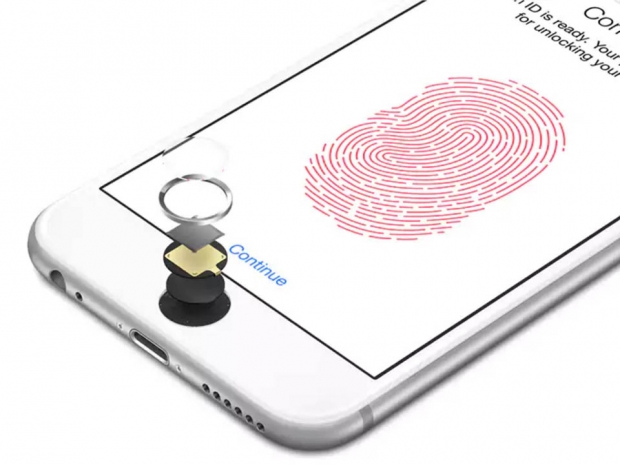Sensors to use TSMC’s 12-inch process technology
Since the iPhone 5S was introduced in fall 2013, the company has partnered with TSMC to use 8-inch processing method for Touch ID fingerprint sensors, rather than switching to the 12-inch WLP, due to risks associated with the technology at the time. Now, the company is expected to adopt TSMC’s 12-inch WLP technologies using the 65nm process as yield rates have significantly improved.
Traditionally, Touch ID sensors used an area-type capacitive design which scans a 2D image of the fingerprint with a press, rather than a traditional swipe across the sensor. Now, the technology has gained competition in recent years from Qualcomm, which has been using its own Sense ID technology since the Snapdragon 810 and Snapdragon 425 were released. The Qualcomm version can penetrate outer layers of the skin while detecting three-dimensional details and unique fingerprint characteristics, including ridges and sweat pores. It can also scan through glass, aluminum, stainless steel, sapphire and plastics.
Identification through ultrasonic waves propagating on a glass plate
According to the sources, Apple will now use a Privaris-developed glass identification technology that propagates ultrasound waves through a glass plate instead of relying on capacitive touch technology. The company was acquired by Apple in June 2015 following a patent that it filed for the idea in March 2015 - and approved in May 2016. The patent describes some of the innovation that will be required to finally remove the large chunk of space taken up by the Home button on iPhone 6 and solid-state haptic button on the iPhone 7.
Privaris developed mobile authentication solutions that include the ability to use a touchscreen and fingerprint reader at the same time, make financial transactions, control other machines, and back up personal data.
The redesigned fingerprint ID solution has been mentioned as one reason why iPhone 8 production will not begin until September. TSMC began production on its 10nm chips last quarter and is expected to rapidly increase shipments beginning in the second half of the year.
Apple sticks with Authentic algorithms for ID processing
Apple has also decided to stick with its own Authentec algorithms for the security process after it bought the company back in 2012. The technology has gained competition in recent years from Qualcomm, which has been using its own Sense ID technology since the Snapdragon 810 and Snapdragon 425 were released.




